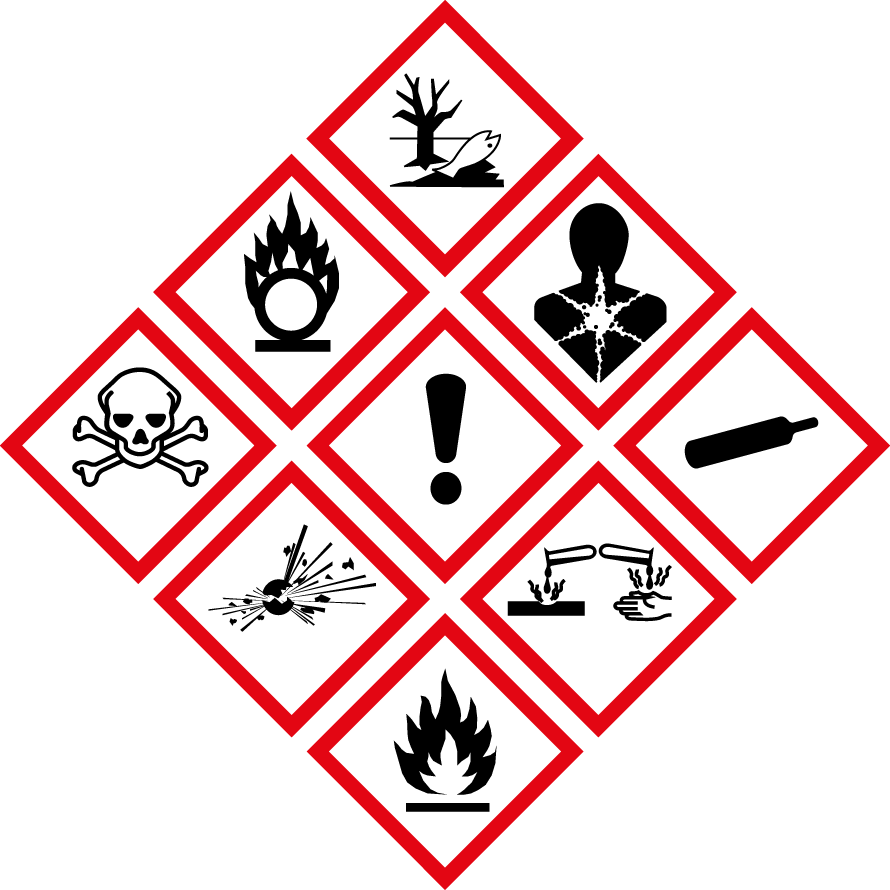Waste from agricultural chemicals (packaging and residues of plant protection products, fertilisers) may contain residues of biologically active substances. Their uncontrolled release into the environment may endanger it.
The specific hazards of chemical agents are indicated on the label of the agent and detailed descriptions of the hazards are contained in the accompanying safety data sheets. The hazard is indicated by pictograms on the label (poisonous, toxic, dangerous for the environment, especially the aquatic environment, carcinogenic, mutagenic). Next to the pictograms, H and EUH (list of hazard statements) and P (list of precautionary statements) are added.

Agricultural chemical waste includes:
- packaging,
- rinses, residues,
- protective clothing (overalls, gloves, masks and respirators) contaminated with chemicals,
- concentrated/concentrated chemical residues,
- out-of-date, incomplete measures.
Incorrectly stored and transported waste from agricultural chemicals can lead to human or animal poisoning and environmental contamination. Contamination can be local, point-source, caused for example by packaging left on the field containing residues of a concentrated preparation, or by unintentional losses of the product during preparation and filling of the sprayer. They can be dangerous because even a small amount of the concentrated preparation can render large quantities of water unfit for use if it enters a water intake.
If pollutants are introduced into a river, lake or watercourses, they can lead to pollution that is very dangerous due to the size of the impact area. Also, one should not forget pollinators, allies of the crop and the farmer, which can suffer significantly when exposed to plant protection products.
